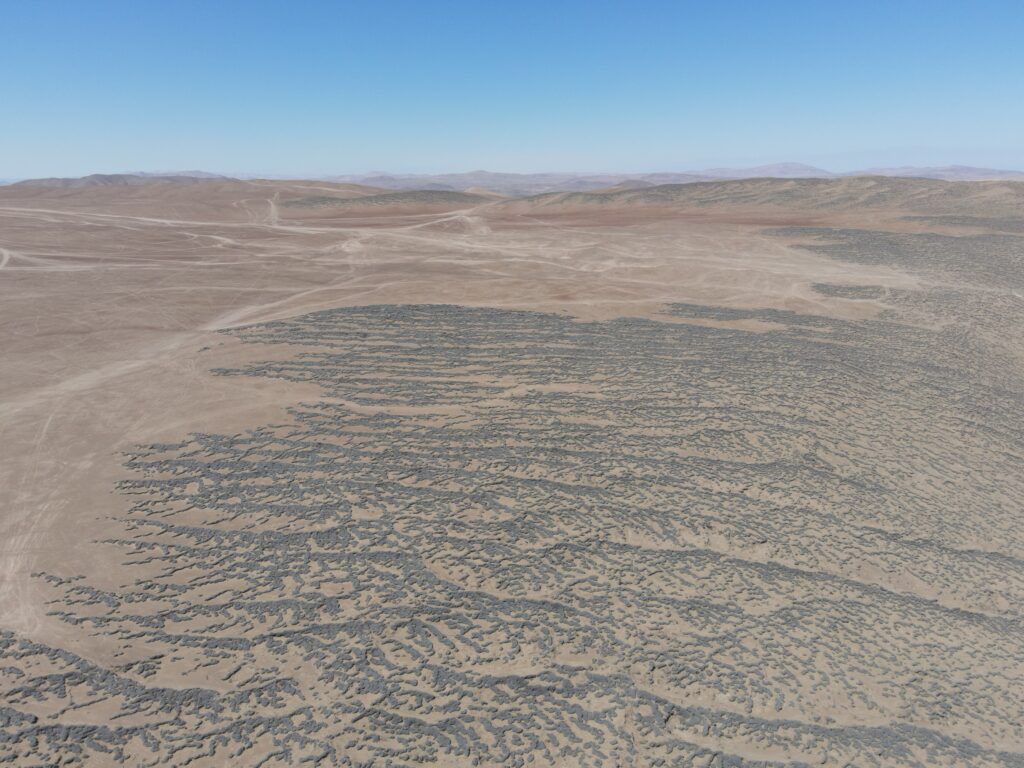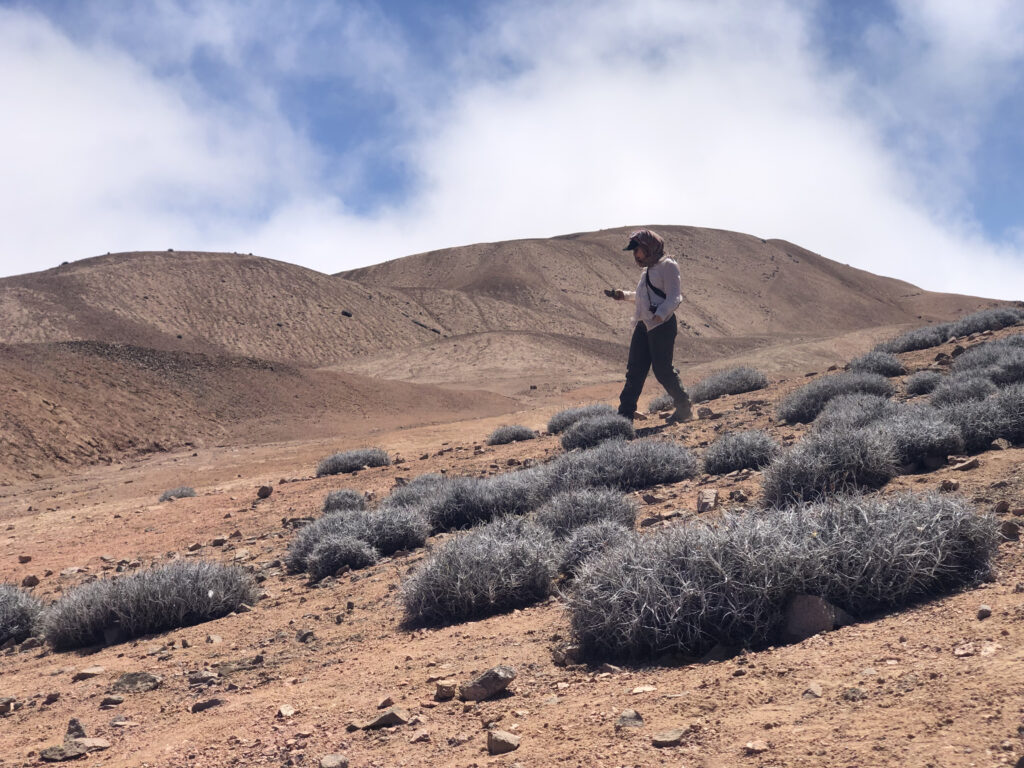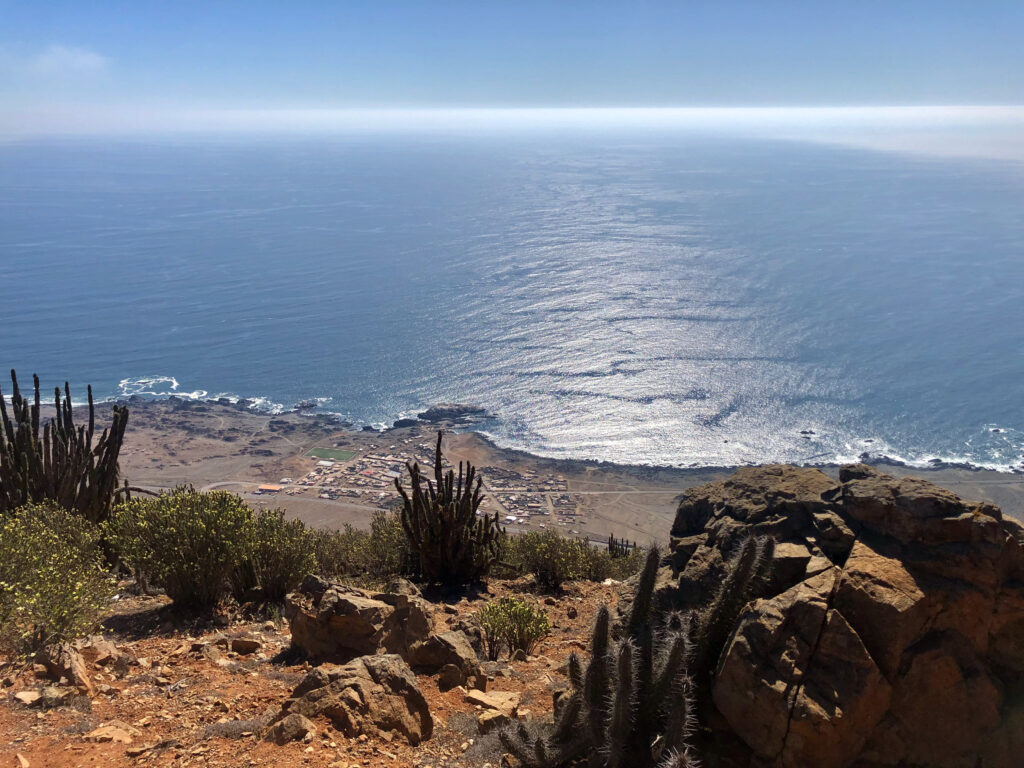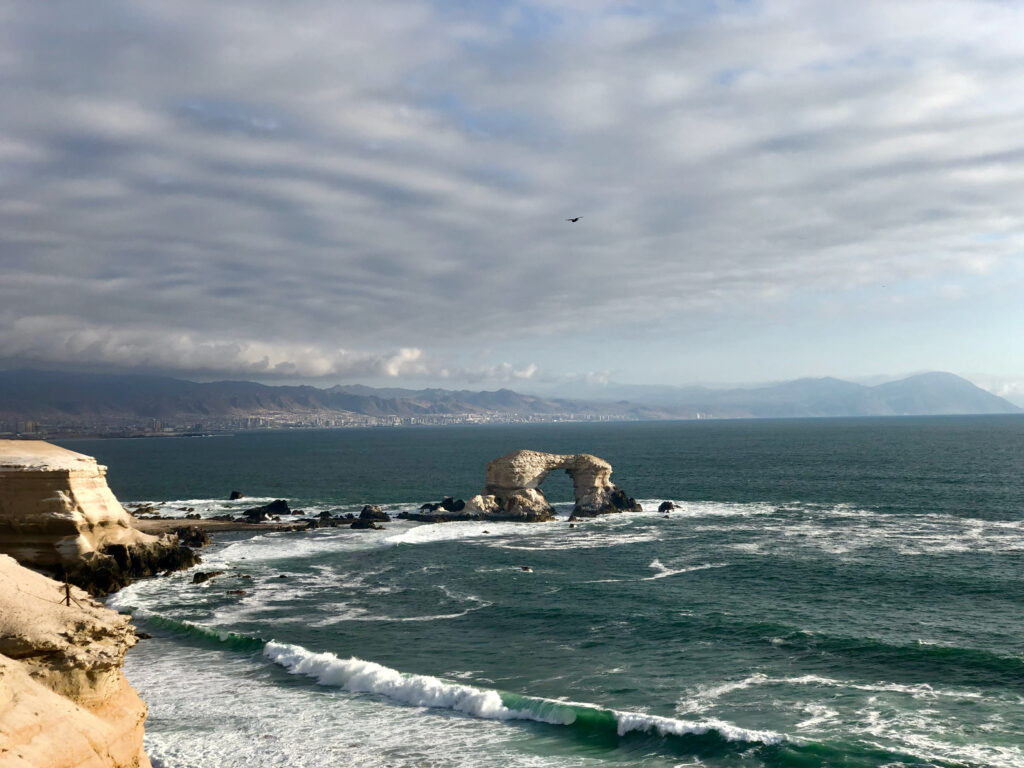
In October 2022, a group of biologists, geologists, geographers and meteorologists travelled to the Atacama Desert in northern Chile, the driest desert in the World.
This travel is under the umbrella of a big German project called CRC-1211: Evolution at the dry limit. The aim of the project is to understand how the life and landscape evolves in this hard environment condition, as well the interaction with the geological and meteorological processes.
The Atacama Desert lies between the bast Pacific Ocean and the Andes Cordillera, featuring low atmospheric humidity, scarce precipitation and almost no clouds. However, clouds do reach the Atacama, especially at the coast, thanks to the presence of an almost semi-permanent stratocumulus deck in the southeast Pacific.
Next to the coast, the coastal cordillera (ranging between 800 and 1200 m ASL) “captures” these clouds, blocking the way to the interior of the desert.
In the next time-lapse video, you can see clearly the coastal air trapped in the lower part of the atmosphere, something we called the Marine Boundary Layer (MBL). Here, the air is rather misty, full of marine aerosols that tend to produce a more foggy view of the landscape. This marks a big difference with the strong-blue, clear skies above in the free-troposphere.
The MBL is capped by some clouds at ~1.000 m ASL, matching the coastal cordillera’s height, thus bringing liquid water in form of fog deposition or dew, especially during the night and the morning. In fact, this is almost the only source of liquid water for life because rainfall only happens every few years.
More impressive, some plants are capable of surviving in these areas, only capturing the water from the clouds. In the next video, you can see the crown jewel of biologists: the Tillandsia. Because it is impossible to get water from the ground, this little bush does not develop any roots. Instead, it grows horizontally forming dunes that face the wind direction, allowing to capture of water that comes from the coast with the clouds.
As was mentioned before, these plants are able to grow in curvy shapes over small dunes, facing the main wind direction and therefore maximizing the water capture.



The Atacama’s coastal cordillera is spectacular. Life blooms with just a few millimeters of cloud water, even in a dry and warm environment like this.
Along the coast, the main cities also grew, attracting people from all over the world due to the fishing, mining and tourism.

